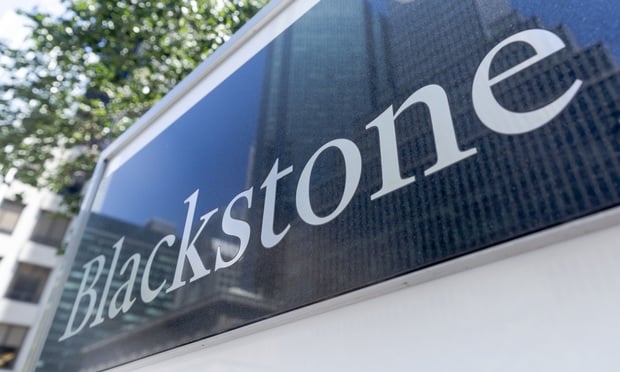The 118-year-old One Times Square building in New York City—the site of the annual New Year's Eve ball drop—is getting a major $500 million renovation by owner Jamestown.
To latch onto metaverse-related publicity and find new ways to connect with the public, Jamestown has set out to incorporate augmented reality across its portfolio. The first effort is at One Times Square, an augmented reality project called "Concrete Jungle AR TimesSquare."
"Expected to open in the fall of 2024, the project includes a 12-floor, branded AR-VR [augmented reality-virtual reality] experience offering brands the added ability to connect with their customers in Times Square through immersive, technology-enabled activations," says a company press release. "In addition to the AR/VR experiences, the redevelopment includes a new viewing deck offering a closer look at the New Year's Eve Ball and an elevated view of Times Square, as well as an interactive museum that tells the story of the building, New Year's Eve, and its place in the history of Times Square."
Recommended For You
Want to continue reading?
Become a Free ALM Digital Reader.
Once you are an ALM Digital Member, you’ll receive:
- Breaking commercial real estate news and analysis, on-site and via our newsletters and custom alerts
- Educational webcasts, white papers, and ebooks from industry thought leaders
- Critical coverage of the property casualty insurance and financial advisory markets on our other ALM sites, PropertyCasualty360 and ThinkAdvisor
Already have an account? Sign In Now
*May exclude premium content© 2025 ALM Global, LLC, All Rights Reserved. Request academic re-use from www.copyright.com. All other uses, submit a request to [email protected]. For more information visit Asset & Logo Licensing.








